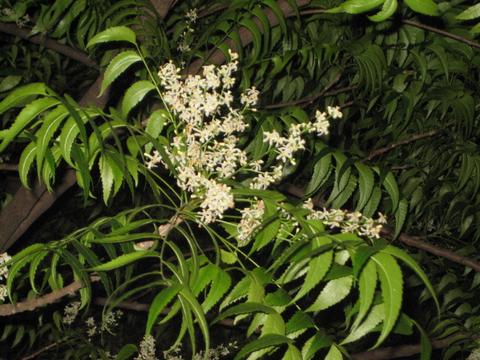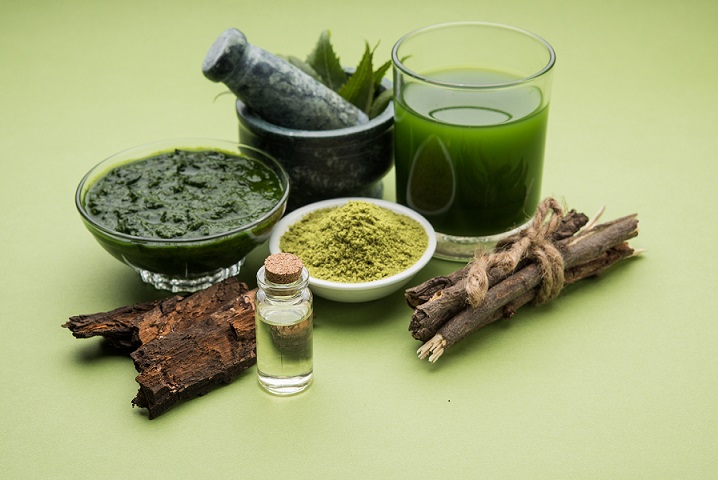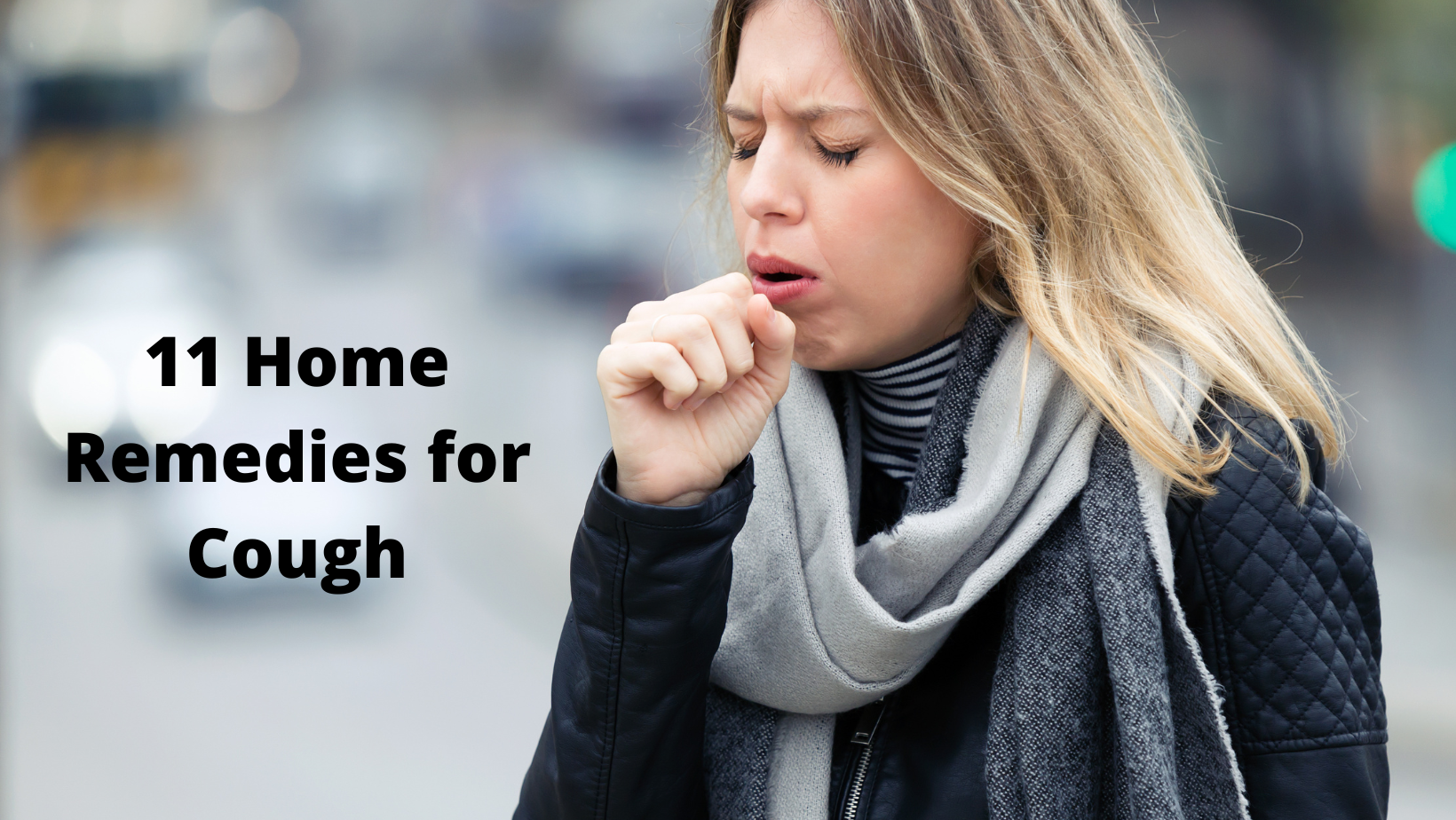Margosa/Neem
Botanical Name: Azadirachta Indica
Indian Name: Neem
English Name: Margosa
Origin, Distribution and Composition
Margosa is a very common tree in India. It is a large evergreen dense tree growing some 10 to 10.5 metre tall with a girth of about 2 to 3 metres.
The leaves of this tree are divided into numerous leaflets, each resembling a full-grown leaf. The tree has small, white flowers in auxiliary bunches and 1.2 to 1.8 cm long green or yellow fruits with a seed in each.

The tree has played a key role in Ayurvedic medicine and agriculture since time immemorial. It is indigenous to South Asia, where up to twenty million trees line the roads.
The tree occurs naturally in the Deccan peninsula, but is cultivated all over India. It is also common in Indonesia, Sri Lanka, Myanmar, Pakistan, Japan and tropical regions of Australia and Africa.
The seeds contain substantial amount of essential oil, known as margosa or neem oil. The bitter and active constituents separated from this oil is nimbidin which contains sulphur.
The blossoms yield a glucoside, a highly pungent essential oil, and fatty acids. The flowers contain a bitter substance and an irritant bitter oil.
Healing Power of Margosa

Neem tree is generally considered to be an air purifier and a preventive against malarial fever and cholera. All parts of the tree possess medicinal properties.
The leaves are useful in relieving flatulence, promoting the removal of catarrhal matter and phlegm from the bronchial tubes, and is diuretic.
They also act as an insecticide. The bark is a bitter tonic and a stimulant.It arrests secretions and bleeding besides counter-acting any spasmodic disorders.
The root bark has the same properties as the bark of the trunk. The gum discharged by the stem is a stimulant and tonic with a soothing effect on the skin and mucous membranes.
Malaria
An infusion of the fresh leaves is a bitter vegetable tonic , especially in chronic malarial fevers because of its action on the liver. It should be taken in doses of 15 to 60 grams.
Piles
The use of 3 grams of the inner bark of margosa with 6 grams of jaggery every morning, is very effective in piles. To check bleeding piles, 3 or 4 neem fruits can be administered with water.
Leprosy
The sap of the tree has been found effective in leprosy, when taken in daily doses of 60 grams. Simultaneously the patient's body should be massaged with the sap.
This regimen should be continued for 40 days. If the sap is not available, 12 grams of neem leaves and pepper can be ground in water and taken.
Skin Disorders
The leaves, applied externally, are very useful in skin diseases. They are especially beneficial in the treatment of boils, chronic ulcers, eruptions of smallpox, syphilitic sores, glandular swellings and wounds.
They can be used either as a poultice. An ointment prepared from neem leaves is also very effective in healing ulcers and wounds.
This ointment is prepared by frying 50 grams of the leaves in 50 grams of pure ghee and mashing the mixture thoroughly in the same ghee till an ointment consistency is obtained. A paste prepared from the bark by rubbing it in water can also be applied on wounds.
Hair Disorders
If there is any hair loss or it has ceased to grow, washing with neem leaves may help. This will not only stop hair from falling but also help their growth. Frequent application of oil also destroys insects in the hair.
Eye Diseases
Margosa is very useful in eye diseases. The juice obtained by rubbing a few neem leaves with a little water and strained through a clean piece of cloth is useful in pain in the eyes caused by conjunctivitis.
Ear Ailments
Steam fomentation with Margosa provides immediate comfort in cases of earache. A handful of Neem leaves should be boiled in a litre of water and steam taken.
The juice of neem leaves mixed with an equal quantity of pure honey is an effective remedy for any boils in the ear.
Oral Disorders
Cleaning the teeth regularly with a neem twig prevents gum diseases. It firms up loose teeth, relieves toothache, evacuates the bad odour and protects the mouth from various infections.
Other Uses :
It corrects bowel movements and checks onset of fevers, thereby facilitating the normal delivery. The use of a neem leaves as a vaginal douche helps in any wounds caused during delivery and disinfects the vaginal passage.
Neem is a powerful insecticide to kill soil nematodes and other plant parasites and is useful as a mosquito repellent. Neem twig is also used as a toothbrush, and its juice in toothpastes and contraceptives.



